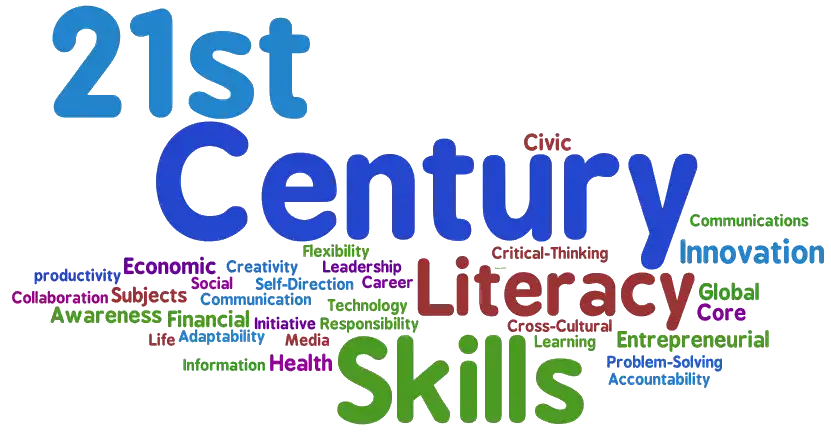Writing a journal paper can be a daunting task, especially for students new to academic publishing. Here's a concise guide to essential steps from a student's perspective:
Relevance: Pick a topic that aligns with current trends in your field and has significance.
Interest: Ensure it's something you're genuinely passionate about, as this will drive your motivation.
Survey Existing Work: Understand what has already been done to avoid duplicating research.
Identify Gaps: Find areas that haven't been explored or need further investigation.
Specificity: Be clear and precise about what you want to discover or prove.
Significance: Ensure your question is meaningful and contributes to the field.
Approach: Choose the right methods (qualitative, quantitative, or mixed) for your research question.
Tools and Techniques: Identify tools, software, and techniques required to collect and analyze data.
Accuracy: Gather reliable and valid data.
Analysis: Use appropriate statistical or analytical methods to interpret your findings.
Title: Choose a concise and descriptive title.
Abstract: Write a summary of the paper's objectives, methodology, results, and conclusion.
Introduction: Present the background, problem statement, and objectives.
Methodology: Describe how the research was conducted.
Results: Present your findings with relevant data, charts, and tables.
Discussion: Interpret the results, linking them back to your research question and existing literature.
Conclusion: Summarize the key findings and suggest future research directions.
References: Cite all sources used in your research accurately.
Drafting: Start with a rough draft focusing on content rather than perfection.
Revisions: Refine the language, structure, and clarity. Seek feedback from peers or advisors.
Grammar and Spelling: Check for language errors.
Consistency: Ensure consistency in style, terminology, and formatting.
Formatting: Follow the journal's specific guidelines for formatting and referencing.
Journal Selection: Choose a journal that aligns with your research scope and audience.
Submission Guidelines: Follow the journal's submission instructions meticulously.
Revisions: Address the feedback provided by reviewers.
Resubmission: Make necessary changes and resubmit the manuscript.
Sharing: Share your published work with peers, through conferences, or on academic platforms.
Networking: Engage with other researchers to discuss your work and explore collaboration opportunities.
21st Century Engineering College in Coimbatore
World is transforming everyday. In the rapidly evolving engineering landscape, we have an Increased responsibility to transform the engineering education from traditional curriculum to meet the 21st century skills like Creativity, Critical Thinking, Collaboration and Communication. Through our unique and strategic approach we enable our students to learn beyond and prepare them for life long success.
